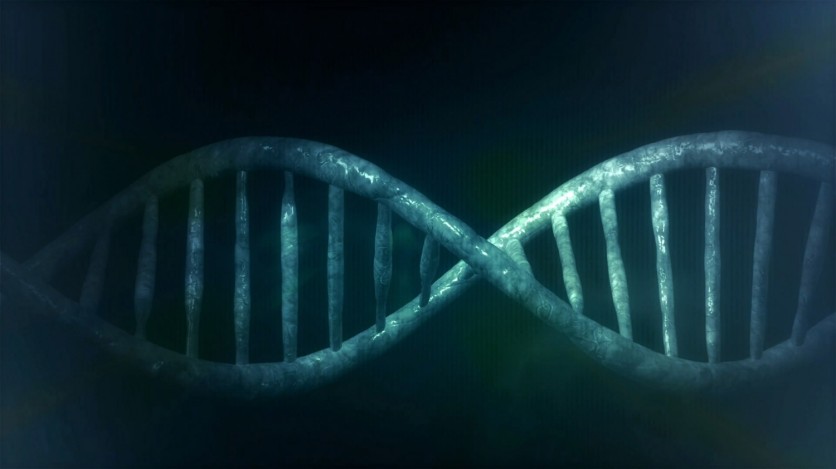CRISPR technology has been touted as a scientific breakthrough as it has the ability to edit a human's DNA and possibly fix hereditary disorders. In fact, there are already three gene-edited children that hail from China.
However, CRISPR has not advanced for wide accessibility since there are still safety concerns regarding this cutting-edge technology.
But new research could bring hope to patients and families suffering from genetic disorders after discovering that CRISPR can offer a "safer" and "novel" treatment for these defects.

"Innovative, Risk-Free Technique"
An innovative, risk-free technique that could one day be used to correct genetic faults has been reported by a group of scientists from the University of California, San Diego.
The team is comprised of professor Ethan Bier, postdoctoral researcher Sitara Roy, and expert Annabel Guichard, according to ANI's report.
Their strategy makes use of the body's internal DNA repair systems, which ultimately provide a pathway for advanced gene therapy techniques that could treat a variety of genetic problems.
Guichard, the senior author of the paper, explained that after severing the mutant DNA, the healthy variant could be employed by the cell's repair mechanism to rectify the flawed mutation. He noted that this can be done even more effectively by a "simple harmless nick."
The researchers created mutant fruit flies that could produce colors in their eyes, allowing them to observe "homologous chromosome-templated repair" or HTR.
These mutants initially had all-white eyes. However, the identical flies developed noticeable red patches across their eyes when the CRISPR components Cas9 and a guide RNA were expressed.
According to ANI's report, this was evidence that the cell's DNA repair machinery had successfully reversed the mutation by employing the functional DNA from the other chromosome.
The researchers tested their novel technique using Cas9 variation called "nickases" that only targeted a single strand of DNA instead of two. They also discovered that these nicks resulted in a high-level restoration of red-eye color that was virtually equal to that of healthy, non-mutated flies.
In comparison to dual-strand cutting Cas9, which also frequently produces mutations and targets other spots all across the genome, they found that the nickase had a 50-70% repair success rate.
Read also : Human Protein Delivers mRNA to Body, CRISPR Pioneer Develops SEND to Treat Several Diseases
Can The Technique Be Employed To Humans?
The researchers stated that the new system's adaptability might be used as a model for correcting genetic mutations in mammals.
Guichard clarified that it is yet unclear how this method will work in human cells and whether it can be applied to any particular gene. He explained in order to obtain effective HTR for disease-causing mutations transmitted by human chromosomes. Various modifications may be required.
In contrast to more conventional Cas9-based CRISPR edits, the team's nickase-based approach results in significantly fewer on- and off-target mutations, a critical aspect of their research. Additionally, they claim that multiple gradual, continuous nickase deliveries over several days may be more advantageous than a single delivery.
Bier said that this method's simplicity is a noteworthy benefit. He explained that such a method depends on several components and "soft" DNA nicks, in contrast with Cas9, which creates complete DNA breaks that usually carry mutations.
Related Article : CRISPR Technology Now Tracks When Cancer Would Spread in the Body!
This article is owned by Tech Times
Written by Joaquin Victor Tacla
ⓒ 2025 TECHTIMES.com All rights reserved. Do not reproduce without permission.




